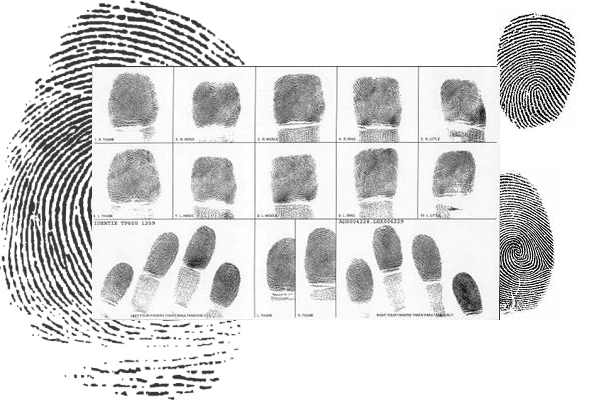
Breaking News
 Tuesday War Room LIVE: Trump Set to Shatter Deportation Record by End of First Year…
Tuesday War Room LIVE: Trump Set to Shatter Deportation Record by End of First Year…
 Parallel Polis Reborn: Freeing the Market through Decentralized Technologies
Parallel Polis Reborn: Freeing the Market through Decentralized Technologies
 Amazon goes nuclear with new modular reactor plant
Amazon goes nuclear with new modular reactor plant
 The alarming reality EXPOSED by the global internet meltdown... and why Amazon's crash...
The alarming reality EXPOSED by the global internet meltdown... and why Amazon's crash...
Top Tech News
 3D Printed Aluminum Alloy Sets Strength Record on Path to Lighter Aircraft Systems
3D Printed Aluminum Alloy Sets Strength Record on Path to Lighter Aircraft Systems
 Big Brother just got an upgrade.
Big Brother just got an upgrade.
SEMI-NEWS/SEMI-SATIRE: October 12, 2025 Edition
 Stem Cell Breakthrough for People with Parkinson's
Stem Cell Breakthrough for People with Parkinson's
 Linux Will Work For You. Time to Dump Windows 10. And Don't Bother with Windows 11
Linux Will Work For You. Time to Dump Windows 10. And Don't Bother with Windows 11
 XAI Using $18 Billion to Get 300,000 More Nvidia B200 Chips
XAI Using $18 Billion to Get 300,000 More Nvidia B200 Chips
 Immortal Monkeys? Not Quite, But Scientists Just Reversed Aging With 'Super' Stem Cells
Immortal Monkeys? Not Quite, But Scientists Just Reversed Aging With 'Super' Stem Cells
 ICE To Buy Tool That Tracks Locations Of Hundreds Of Millions Of Phones Every Day
ICE To Buy Tool That Tracks Locations Of Hundreds Of Millions Of Phones Every Day
 Yixiang 16kWh Battery For $1,920!? New Design!
Yixiang 16kWh Battery For $1,920!? New Design!
 Find a COMPATIBLE Linux Computer for $200+: Roadmap to Linux. Part 1
Find a COMPATIBLE Linux Computer for $200+: Roadmap to Linux. Part 1
American travelers will be fingerprinted after flights as new 'border' law hitting 29 countr

The new program means a traditional passport feature is being phased out
AMERICANS heading to a raft of European destinations will have to comply with new border measures that are coming into force.
And, it means travelers will be forced to have their fingerprints taken.
This is because the European Union's new Entry and Exit System has now come into effect – October 12.
It affects travelers who are heading to 29 European countries for visits up to 90 days within a 180-day period.
The new system monitors when non-EU citizens enter and leave the Schengen area.
Travelers will scan their passports and have a photograph taken.
Most will have their fingerprints taken, but this rule does not apply to children under 12.
The data is stored on a digital database.
Travelers may have to answer basic questions about their journey.
Not all EU countries are members of the Schengen agreement, and some countries that are in the Schengen zone are outside the EU.
Traditional border controls do not exist within the Schengen Zone.
For instance, the new system is not being rolled out at airports in Ireland.
Norway and Liechtenstein, however, are part of the Schengen zone.



